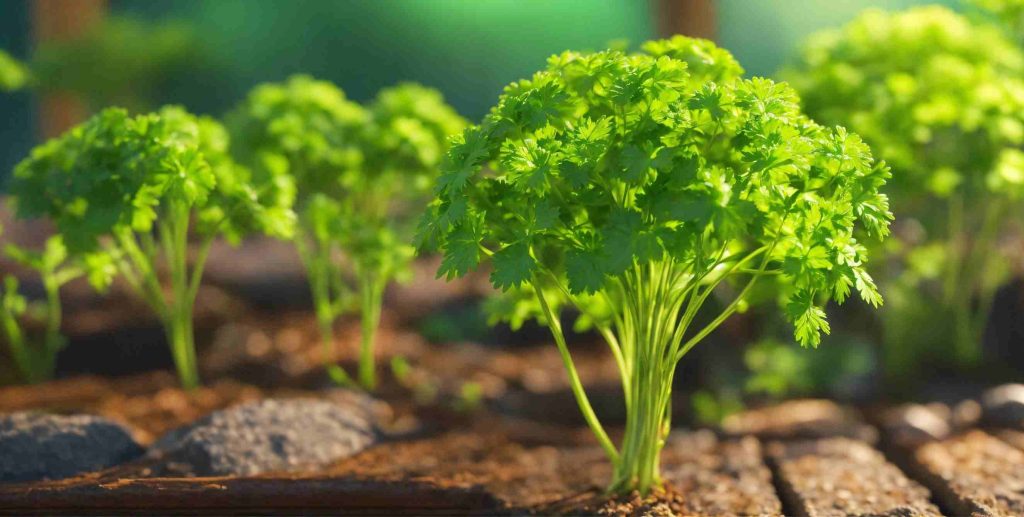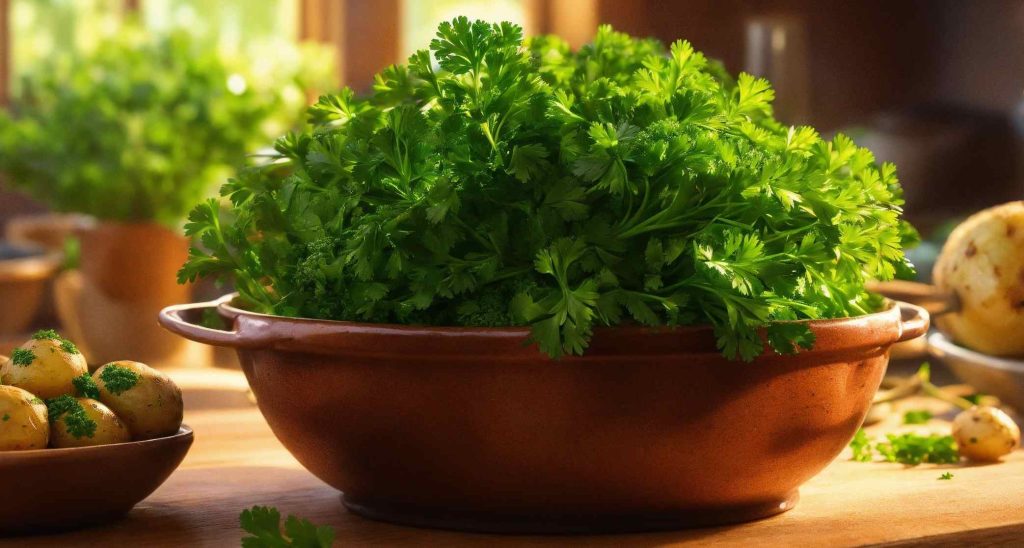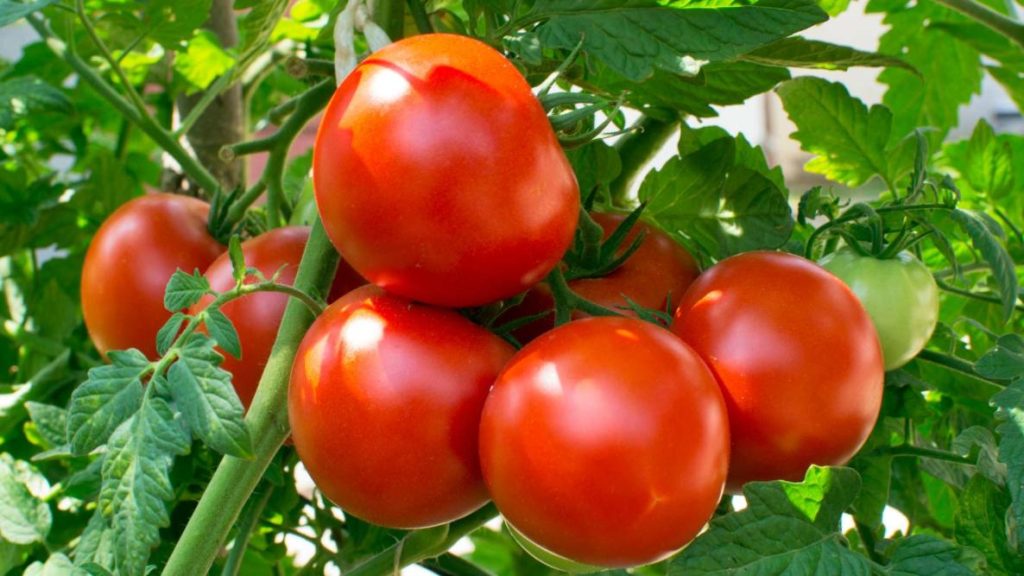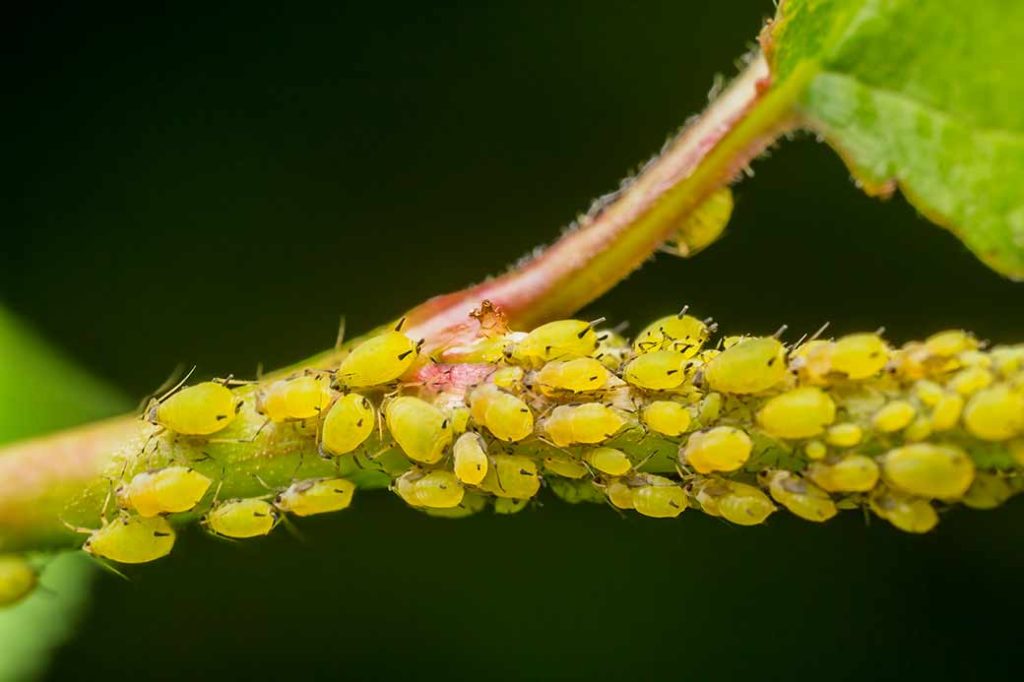Are you looking to take your herb garden to the next level? Companion planting is a time-honored technique that can help you maximize your garden’s potential and parsley is a fantastic herb to start with. In this article, I’ll get into the best parsley companion plants and how they can benefit your garden.
What is Companion Planting?

Companion planting is the practice of growing specific plants together to enhance growth, repel pests, and improve flavor. Gardeners worldwide have used this technique for centuries, and it is based on the idea that certain plants have beneficial relationships with each other.
By carefully selecting parsley companion plants, you can create a thriving ecosystem in your garden that promotes healthy growth and reduces the need for harmful pesticides.
Why Choose Parsley?

Parsley is a useful herb that is simple to grow. It has many good things for your garden. It gives a fresh, bright taste to your food dishes. It also brings helpful insects like bees and wasps that catch pests. These insects are good for your garden plants.
Top Parsley Companion Plants

Now that we’ve covered the basics of companion planting and the benefits of parsley let’s dive into the top parsley companion plants.
Tomatoes
Tomatoes and parsley are a good pair. Plant parsley next to your tomato plants. It can help make the tomatoes taste better and grow better. Parsley brings helpful insects like hoverflies. These insects eat aphids that can harm tomato plants.
Asparagus
Asparagus is another plant that goes well with parsley. Parsley can help keep away the asparagus beetle, a common pest that can damage asparagus crops. Planting parsley near asparagus also makes the asparagus taste better. As the parsley breaks down, it makes a nutrient-rich mulch.
Roses
Roses You may not expect it, but parsley can also help rose bushes. Parsley attracts beneficial insects like hoverflies and predatory wasps, which control aphids and other pests that commonly attack roses. Planting parsley near roses can also improve their smell and overall health.
Corn
Corn is an unexpected but good plant to grow with parsley. Parsley can help keep away the European corn borer, which can really damage corn crops. Parsley near corn attracts helpful insects like ladybugs that eat aphids and other pests.
Chives
Chives and parsley are in the same plant family, so they are natural companions. Planting chives near parsley can improve parsley’s flavor and growth. Chives also help repel pests like aphids and spider mites that can harm parsley plants.
Carrots
Carrots and parsley make an excellent pair, too. Parsley improves the flavor of carrots and attracts good insects like ladybugs and hoverflies. Planting parsley near carrot patches also helps loosen the soil, so carrots grow easier.
Lettuce
Lettuce and parsley are fast-growers with shallow roots, so they use garden space well together. Parsley improves lettuce flavor and brings helpful insects. As parsley breaks down, it provides a natural mulch that holds moisture and stops weeds.
How to Plant Parsley with Companion Plants

Now that you know the best parsley companion plants, it’s time to learn how to plant them together in your garden.
Step 1: Choose a Sunny Location
Parsley and most of it’s companion plants thrive in full sun, so choose a location in your garden that receives at least six hours of direct sunlight per day.
Step 2: Prepare the Soil
Before planting, prepare the soil by removing any weeds or debris and loosening the soil to a depth of at least 12 inches. Mix in a layer of compost or well-rotted manure to provide nutrients for your plants.
Step 3: Plant Parsley and Companion Plants
Plant your parsley and companion plants according to their specific spacing requirements. As a general rule, plant parsley about 6-8 inches apart and companion plants about 12-18 inches apart.
Step 4: Water and Mulch
After planting, water your parsley and companion plants deeply and apply a layer of mulch around the base of the plants to help retain moisture and suppress weeds.
Step 5: Monitor and Maintain
As your parsley and companion plants grow, monitor them regularly for signs of pests or disease. Remove any damaged or diseased leaves promptly and use natural pest control methods like handpicking or insecticidal soap if necessary.
Pests and Diseases

When it comes to gardening, pests and diseases can be a significant challenge. Even with the benefits of companion planting, your parsley and it’s companions may still be susceptible to various issues.
In this section, I’ll discuss some common pests and diseases that can affect your parsley companion plants and provide tips on how to prevent and manage them.
Common Pests
1. Aphids
To manage aphids, you can:
- Spray your plants with a strong jet of water to knock them off
- Use insecticidal soap or neem oil to control infestations
- Encourage beneficial insects like ladybugs and lacewings, which prey on aphids
2. Cutworms
To prevent cutworm damage, you can:
- Place collars made of cardboard or aluminum foil around the base of your plants
- Handpick cutworms from your plants at night when they are most active
- Use diatomaceous earth or insecticidal bait to control infestations
3. Spider Mites
To manage spider mites, you can:
- Spray your plants with a strong jet of water to knock them off
- Use insecticidal soap or neem oil to control infestations
- Provide adequate moisture and humidity to your plants, as spider mites thrive in dry conditions
Common Diseases
1. Powdery Mildew
To prevent and manage powdery mildew, you can:
- Provide adequate spacing between your plants to promote good air circulation
- Avoid overhead watering, which can create favorable conditions for fungal growth
- Use a fungicide like sulfur or potassium bicarbonate to control infections
2. Fusarium Wilt
To prevent and manage fusarium wilt, you can:
- Choose disease-resistant tomato varieties
- Practice crop rotation to avoid planting tomatoes in the same spot for several years
- Remove and destroy infected plants to prevent the spread of the disease
3. Downy Mildew
To prevent and manage downy mildew, you can:
- Provide adequate spacing between your plants to promote good air circulation
- Avoid overhead watering, which can create favorable conditions for fungal growth
- Use a fungicide like copper or chlorothalonil to control infections
Conclusion
Companion planting is a simple but effective way to maximize the potential of your herb garden. By carefully selecting parsley companion plants, you can create a thriving ecosystem that promotes healthy growth, repels pests and improves flavor.
From tomatoes and asparagus to roses and corn, there are countless parsley companion plants to choose from. By following the tips and techniques outlined in this article, you can create a beautiful and bountiful herb garden that will provide fresh, flavorful ingredients for years to come.




